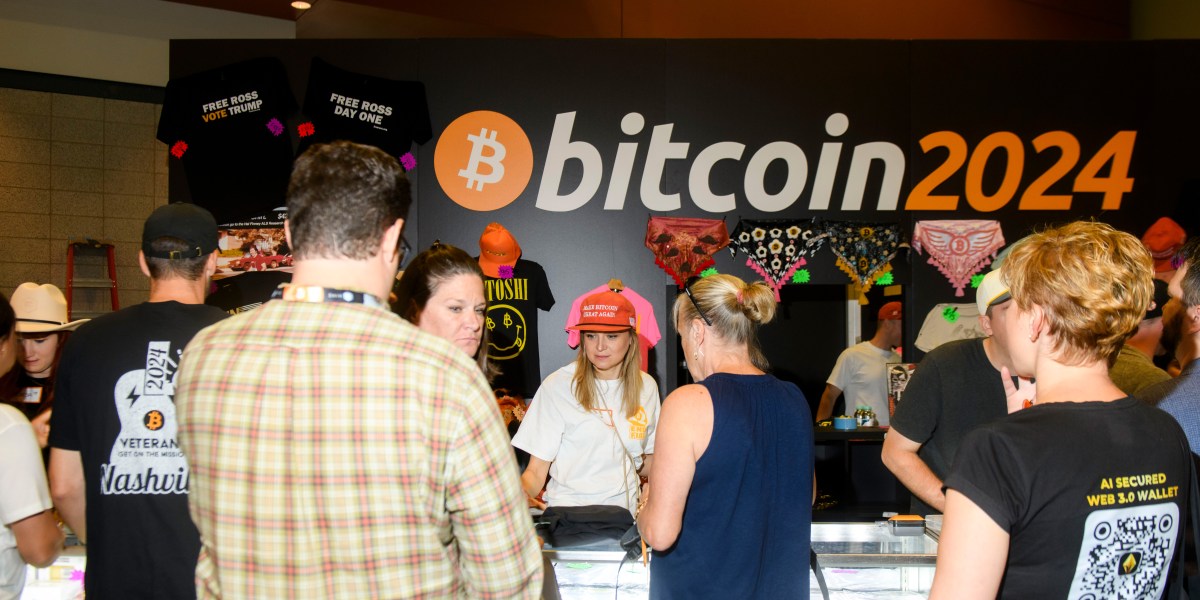Crypto boosters have long hailed Bitcoin and other digital tokens as a financial lifeline for the unbanked in America and the rest the world. That potential is reflected in crypto’s current $3 trillion in market value. But according to the associate director of the Federal Deposit Insurance Corporation’s division of depositor and consumer protection, Keith Ernst, there are few signs this is happening on the ground.
“That’s just not what people are using it for,” Ernst told Fortune today, at a meeting of the regulator’s Advisory Committee on Economic Inclusion.
Of the 30,000 households the FDIC polled for its newly released FDIC National Survey of Unbanked and Underbanked Households, unbanked households actually use crypto less than any other group, at 1.2%, compared to 6.2% of underbanked households and 4.8% of fully-banked households. (Underbanked refers to those with bank accounts but who also rely on services like payday lenders, while unbanked describes those with no bank or credit accounts at all).
Meanwhile, the vast majority of all those users—92%—held the assets as investments compared to only 3.3% who used it as a way to send and receive money.
From the report:
The use of crypto also varied by household characteristics and was higher among higher-income households, more-educated households, younger households, Asian and White households, working-age households without a disability, and households with higher monthly income volatility.
Only 4.2% of those polled used crypto at all. Of those, 7.5% of Asian households and 5.2% of White households used crypto compared to 3.2% from Black households and 3.5% from Hispanic households.
The biennial FDIC report published November 12, using data from 2023, was reviewed by the advisory committee today as part of the agency’s broader efforts to expand financial inclusion.
First of its kind crypto survey
While the headline number of the report focused on the record 96% of American households that now had access to a bank account, for the first time ever FDIC researchers specifically asked if respondents used crypto, and if they did, in what capacity?
The rest of the results are fascinating and warrant a closer look.
Seven percent of households with income of $75,000 or more used crypto, compared with 1.1 percent of households with less than $15,000 in income. Age also played a factor, with 9.8% of households aged 25 to 34 using crypto, compared with 1.2 percent of households aged 65 or older.
None of this should be interpreted as one of the countless, naïve, Death of Bitcoin declarations. Crypto lobbying group Fairshake raised $200 million to influence this year’s election, helping successfully dethrone crypto bear Sherrod Brown from his Ohio Senate seat, and likely helping get Trump—who switched to support crypto since his first term—re-elected. The price of bitcoin, at $93,150, is up 110% on the year and 48% over the past month alone.
In addition to being the first year the FDIC asked about crypto, it was the first year the agency asked about Buy-New-Pay-Later services that allow interest-free payment in four installments. In 2023 only 3.9% of those polled used BNPL. During a presentation by FDIC senior research economist, Garret Christensen, he told the advisory committee, “It’s not clear that either of these are a means to increase financial inclusion.”
“Is this a device that is potentially replacing people’s banking habits?” asked associate director Ernst rhetorically. “That’s just not what people are using it for. There may be people who use the technology in different ways in the future, but today, we got an answer.”

